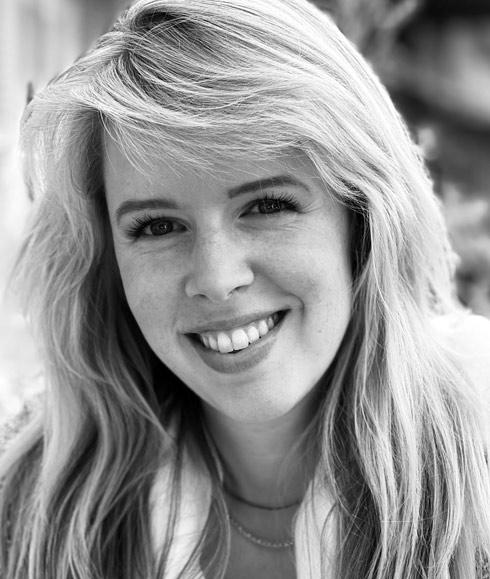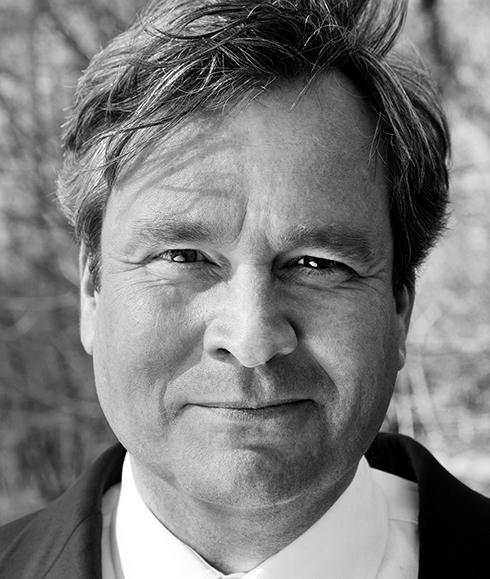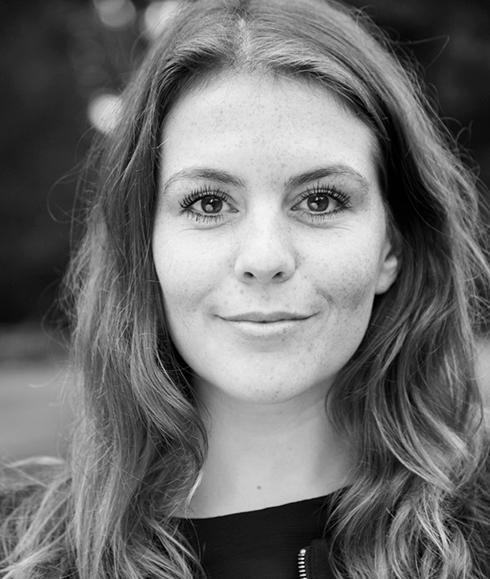Intellectual property law includes copyrights, trademark rights, trade name rights, database rights, design rights and patents. Connected to these are rights such as portrait rights and rights to domain names.
Intellectual property law deals with copyrights, neighbouring rights, trademarks, trade names, rights in databases, designs and patents. Closely connected are rights in portraits and domain names
These are rights to creations of the mind. It is not the material product that is protected, but the ‘intellectual’ creation that is the origin of the product. So, not the vase is protected, but the design of the vase. Not the DVD-disc is protected, but the film on it. ‘Intellectual’ is used as opposed to material. A person may be the owner of a material vase, without being the owner of the design (the creation) of the vase. A person can be the owner of a DVD-disc, without owning the intellectual property rights to the film on it.
The same goes for books, photo’s, software, fashion designs, industrial design, furniture, TV formats and designs of buildings. Technical and other inventions can also be protectedby registering them as patents. The name of a company or institute (the ‘trade name’) is protected. Brands are protected as trademarks if they have been registered.
Protection through an intellectual property right means the owner of the right may prohibit others from using the creation. This right can be, and often is, transferred or licensed. In that case, whoever acquires the rights can exercise them.
We know all about intellectual property rights. How they are created, who owns them (for instance, the employer or the employee), how they are to be transferred, how they can be enforced, how they are lost, how they may be protected in the digital environment and how to uphold them in court.





